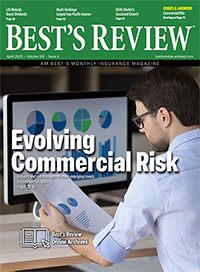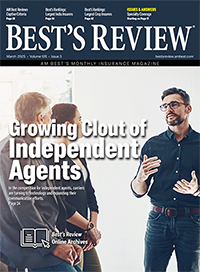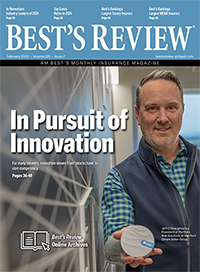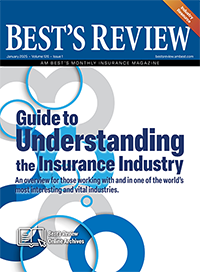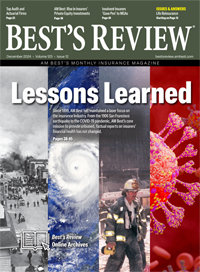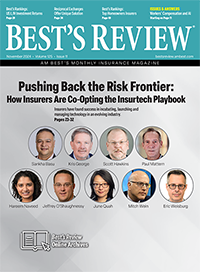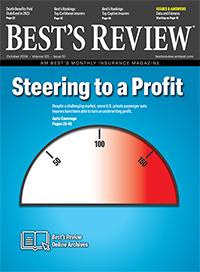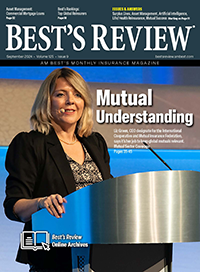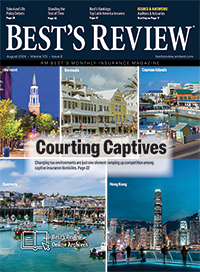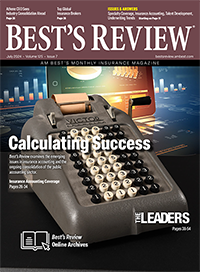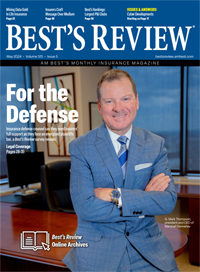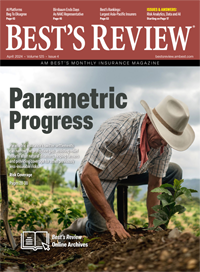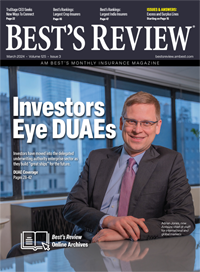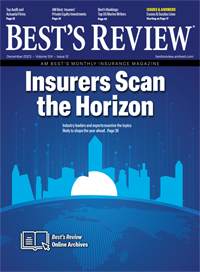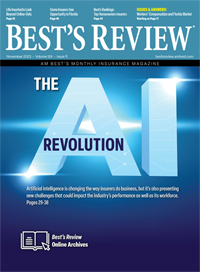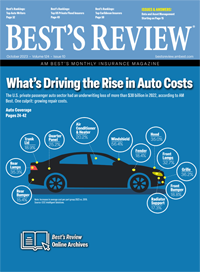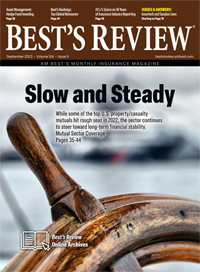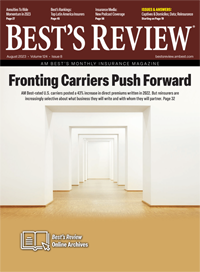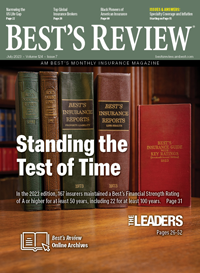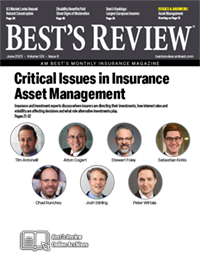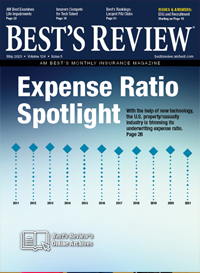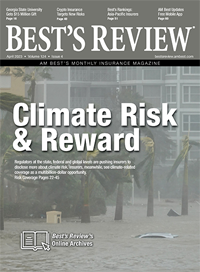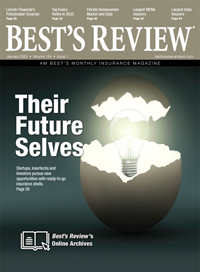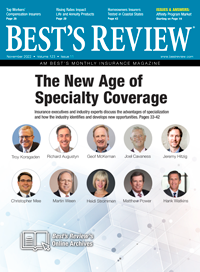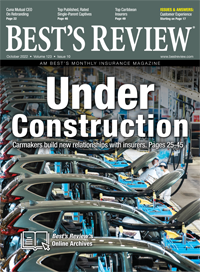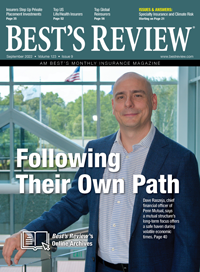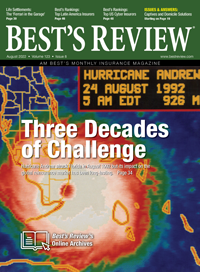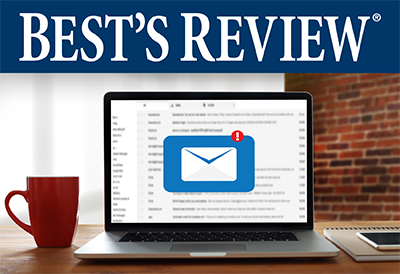Risk Adviser
Making Waves
COVID-19 reveals a possible future upswell of liabilities for insurers.
COVID-19 is an emerging liability catastrophe which is only slowly revealing its contours, but we are beginning to see the outline of the first wave of cases. There have been 165 complaints filed in state and federal courts across a range of industries from health care to meatpacking. As time progresses, and narratives of responsibility for the actions evolve, later waves may emerge. As with any liability catastrophe, insurers will need to track the early litigation while also managing exposure to potential later waves.
The industry with the largest number of filed cases so far (55) is deep-sea passenger transport such as Carnival and Norwegian Cruise Lines, including both personal injury and securities cases. We expect to see cross-line clash like this in other highly impacted industries as well. Since cruise line outbreaks were early and have stopped, we do not expect this industry to stay at the top. The second-largest number of cases is against nursing homes and assisted living facilities, which have so far seen at least 40 cases filed by residents. With over 50,000 nursing home deaths nationally, we expect this number to grow significantly.
We can look to past liability catastrophes to help anticipate the outline of later waves. In asbestos, the first wave was workers' compensation, the second was product liability, and the third included “take-home asbestos” where children or spouses of workers sued for illnesses caused by asbestos fibers taken home from work.
We see “take-home COVID-19” as a significant risk in coming months due to occupational transmission along with very high rates of intrafamily transmission. We estimate that 8% to 11% of COVID-19 deaths were family members of workers in essential industries who acquired COVID-19 at work. The potential defendant industries include construction, retail, health care and meat production. This represents a significant liability insurance risk which, while not yet present in the court data, requires exposure management.
Even greater risks may ultimately emerge. COVID-19 has been a fiscal catastrophe for local and state governments both from public health expenditures and lost tax revenue. With the litigation precedents of tobacco and opioids, a later wave of COVID-19 litigation could seek reimbursement for the public health expenditures targeting industries that the governments may deem as having been responsible.
While the specific causes of action or defendant industries are unclear at this stage, based on media reports and scientific articles, we have been developing scenarios for litigation against airlines for introduction of the pandemic, and against processed food manufacturers for driving health risks (such as diabetes and obesity) that increase the vulnerability to COVID-19 in the population. While both scenarios seem unlikely today, they have precedents and parallels in prior litigation that make it unwise to ignore the risk.
Finally, nobody knows if the pandemic is nearly over or still early in its course, but the responsibilities of corporations to their employees, their families and to the community at large are becoming increasingly clear. When companies are the source of community outbreaks and intrafamily spread, corporate policies around reopening offices, sick pay, providing masks, or offering future vaccinations may be a factor in future liability. Insurers may avoid this risk with exclusions, or may embrace the opportunity to help their clients reopen by underwriting the risk, perhaps with innovative new products, and managing aggregations.
Best’s Review contributor Bob Reville is chief executive officer of Praedicat. He can be reached at reville@praedicat.com.


